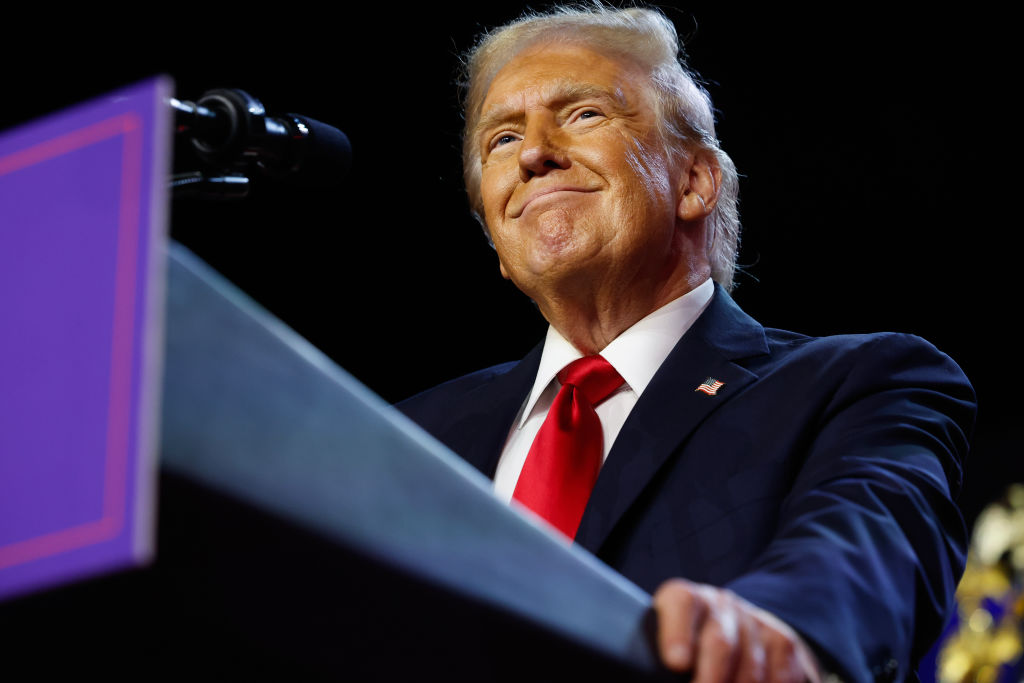Freedom can be reshaped, restricted, or even redefined in the pursuit of power. This is antithetical to what Toni Morrison meant when she said, “The function of freedom is to free someone else.” Nowhere is this clearer than in Project 2025, a sweeping conservative policy agenda already influencing the federal workforce.
Despite attempts during his campaign to distance himself from the plan, Donald Trump’s administration has wasted no time implementing key aspects of Project 2025 through a flurry of executive orders. Among the most drastic actions is a significant push to reduce federal staff, particularly those working in diversity, equity, and inclusion (DEI) roles. According to the New York Times, federal agencies are offering buyouts to employees, allowing them to collect payments rather than remain in their positions. While this might seem like a simple restructuring effort, the implications run deeper. These reductions threaten to halt progress, slow essential government programs, and weaken the stability of public services relied upon by millions of Americans.
What Is Project 2025?
Project 2025 is a policy roadmap designed by conservative think tanks and right-wing policymakers to reshape the federal government, prioritizing executive control and ideological alignment. It is not just about shrinking government — it is about redefining it. The initiative aims to dismantle existing structures by reducing workforce protections, restructuring agencies, and eliminating key federal roles seen as obstacles to conservative governance.
Despite his public disavowals, his administration’s early days show an undeniable commitment to enacting its principles. For example, the New York Times further highlights an OMB directive closely aligned with Project 2025, which has frozen billions in federal funding for critical programs like school meals and assistance for homeless veterans, sparking concerns about the administration’s ability to circumvent congressional authority.
Federal Workforce Cuts: DEI Under Attack
One executive order, most reminiscent of Project 2025’s underlying goals, aims to reduce the federal workforce, starting with DEI-related positions. Politico shows that executive orders have already set in motion the dismantling of these roles. This move aligns with the broader conservative pushback against DEI initiatives, particularly in government and private sectors.
For some federal employees, these job cuts come with financial incentives. While the buyouts may seem like a strategic cost-cutting measure, it creates significant disruptions in government operations. Programs designed to ensure equal access to resources, enforce civil rights protections, and support marginalized communities are being hollowed out from within. Based on a report from Axios, as these roles disappear, so does the infrastructure designed to uphold fairness and accountability in federal policies, as employees are not expected to work if they accept the buyout.
The Ripple Effect: How Public Services Are at Risk
The federal workforce does more than push paper — it ensures that government services function effectively for everyday Americans. When critical positions are eliminated without careful planning, the consequences reverberate nationwide. A smaller, politically driven federal workforce could mean delays in processing benefits, slower disaster relief responses, and weakened enforcement of workplace and environmental protections.
However, there is confusion about what this means for those the proposed buyout could impact. The memo from the presidential administration says, “If you resign under this program, you will retain all pay and benefits regardless of your daily workload.”
Project 2025 and the Future of Governance
The unfolding of Project 2025 is not just a bureaucratic shift, but a fundamental transformation of how the federal government could operate. Its proponents argue these changes will create a more accountable and responsive government. However, critics have advocated that the consequences of a smaller, politically restructured workforce could erode public trust, diminish essential services, and entrench discrimination within federal agencies.
By targeting DEI programs, reducing protections for career federal employees, and shifting power toward political appointees, Project 2025 potentially threatens to narrow the definition of freedom for millions of Americans. As its implementation unfolds, the question remains: will the reshaped government truly serve all, or will it prioritize ideological control over the well-being of the people it claims to serve?
The coming months will reveal the extent of these changes, but one thing is clear: Project 2025 is not a distant theory—it is already reshaping the country, and the consequences will be felt for years to come.


